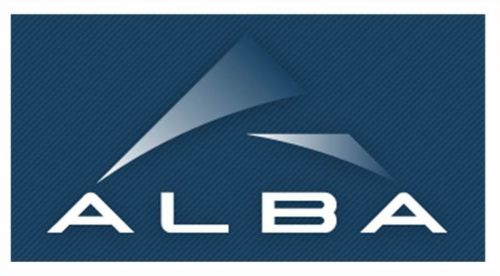
26/10/2016
MIRAS New ALBA Synchrotron Beamline Goes Under Researchers Skin
MIRAS New ALBA Synchrotron Beamline Goes Under Researchers Skin
Last week, the ALBA Synchrotron hosted the first official users at its 8th new beamline, MIRAS. Devoted to synchrotron infrared microspectroscopy (SIRMS), this new beamline is now available to the scientific community for conducting experiments in a wide range of areas such as materials science, biology and biomedicine, geology, cultural heritage or environmental sciences, among others.
This new tool is very powerful detecting and quantifying molecules and its spatial distribution. Therefore, MIRAS is key for defining the chemical composition of materials at a molecular level with a lateral spatial resolution reaching 3 micrometers.
The first researchers from the Institute of Advanced Chemistry of Catalonia (IQAC-CSIC) used the MIRAS beamline for performing an experiment that analyses how different lipid systems, developed in the research group, are located into the skin.
Thanks to the high resolution and large brightness of synchrotron light, it is possible to define the localization of those lipid systems in the different skin layers, generating a chemical map of the sample, where to analyse their level of penetration. The main benefit of this research is to test the effectiveness of these lipid systems as carriers of active ingredients to the different skin layers.
About MIRAS and ALBA in general, you can discover the last scientific highlights, industry collaborations, technical developments, outreach activities of ALBA in the last semi-annual ALBA News magazine issue.
This new tool is very powerful detecting and quantifying molecules and its spatial distribution. Therefore, MIRAS is key for defining the chemical composition of materials at a molecular level with a lateral spatial resolution reaching 3 micrometers.
The first researchers from the Institute of Advanced Chemistry of Catalonia (IQAC-CSIC) used the MIRAS beamline for performing an experiment that analyses how different lipid systems, developed in the research group, are located into the skin.
Thanks to the high resolution and large brightness of synchrotron light, it is possible to define the localization of those lipid systems in the different skin layers, generating a chemical map of the sample, where to analyse their level of penetration. The main benefit of this research is to test the effectiveness of these lipid systems as carriers of active ingredients to the different skin layers.
About MIRAS and ALBA in general, you can discover the last scientific highlights, industry collaborations, technical developments, outreach activities of ALBA in the last semi-annual ALBA News magazine issue.
More news
28/01/2021
Institutional visit to the Elena Renewable Gas Plant in Parc de l'Alba
12/01/2021
2021: the Alba synchrotron begins its mutation
30/12/2020
The Park has a new Urban Development Master Plan
29/11/2020
The director of Parc de l'Alba, Pere Solà, academic director of the new Postgraduate Course in Urban Planning and Health at the UPC School
18/11/2020
Catalan minister Ramon Tremosa visits the ALBA synchrotron and announces the creation of a public-private investment fund to improve knowledge transfer
03/11/2020
Catalonia, at the forefront of Europe in life sciences and health; the Alba synchrotron contributes to this leadership









